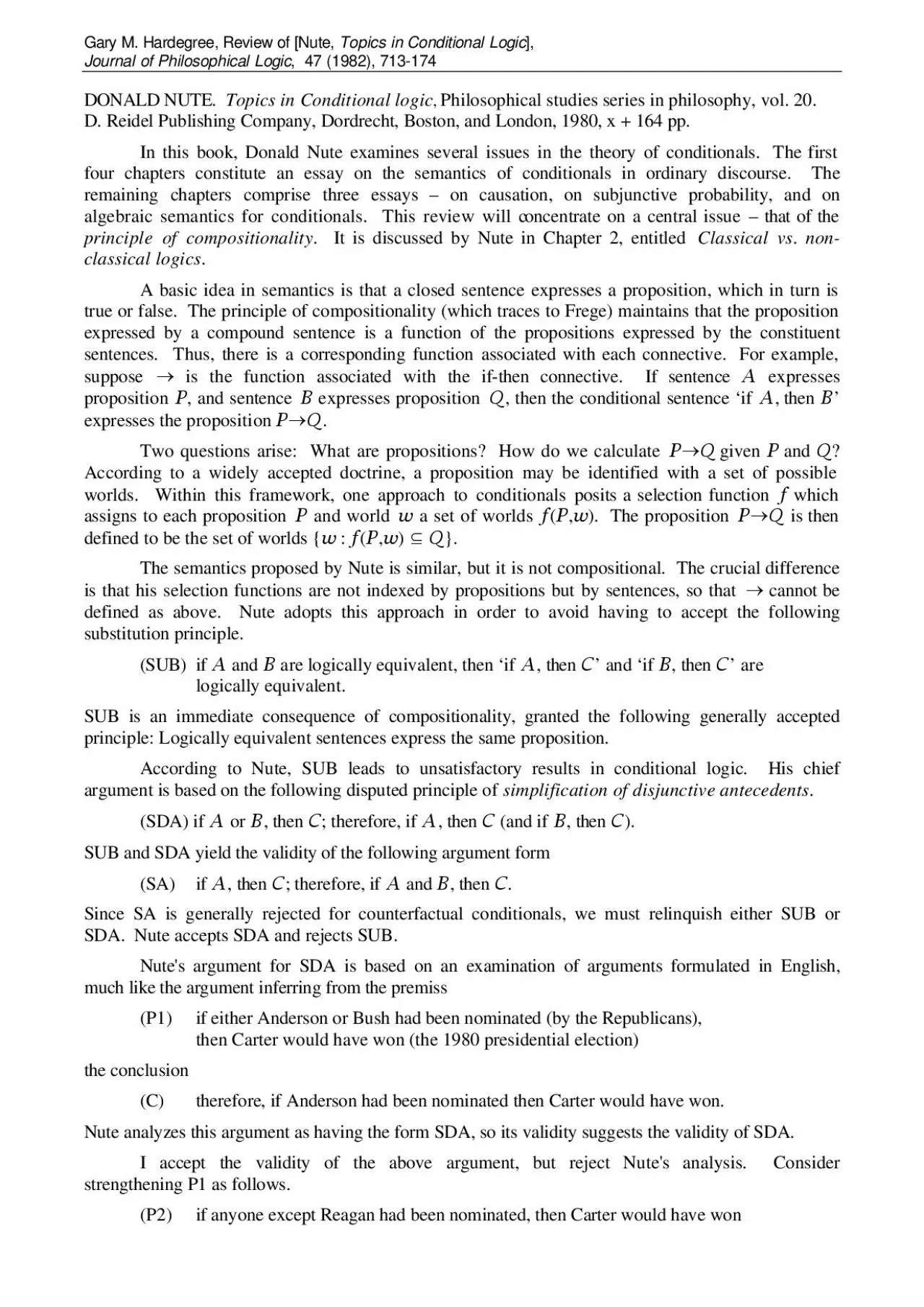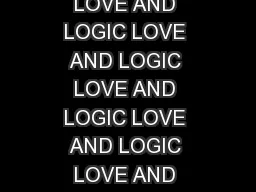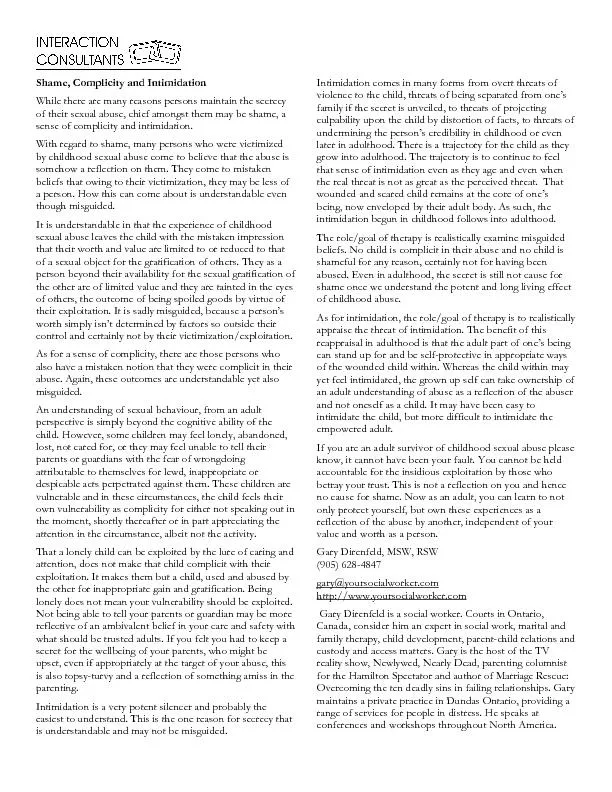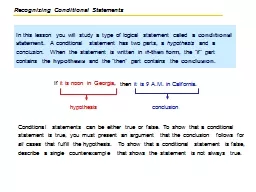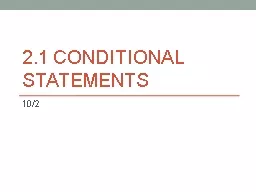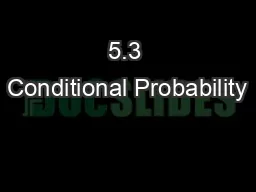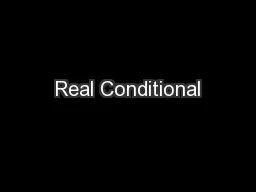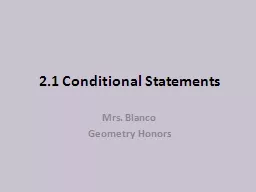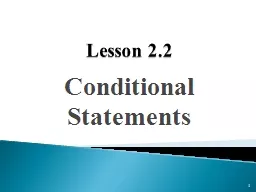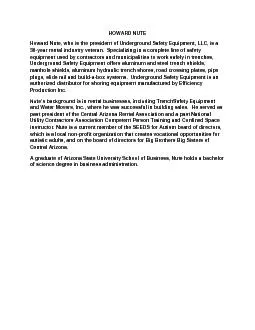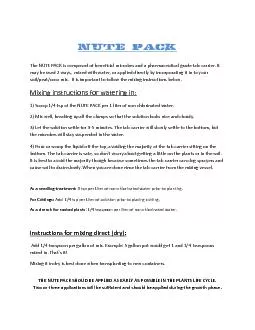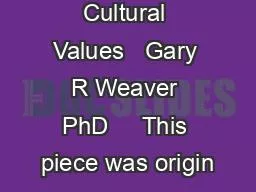PDF-Gary M Hardegree Review of Nute Topics in Conditional Logic Journa
Author : lucy | Published Date : 2021-06-08
DONALD NUTE TopicsPhilosophical studies series in philosophy vol 20 D Reidel Publishing Company Dordrecht Boston and London 1980 x 164 pp In this book Donald Nute
Presentation Embed Code
Download Presentation
Download Presentation The PPT/PDF document "Gary M Hardegree Review of Nute Topics i..." is the property of its rightful owner. Permission is granted to download and print the materials on this website for personal, non-commercial use only, and to display it on your personal computer provided you do not modify the materials and that you retain all copyright notices contained in the materials. By downloading content from our website, you accept the terms of this agreement.
Gary M Hardegree Review of Nute Topics in Conditional Logic Journa: Transcript
Download Rules Of Document
"Gary M Hardegree Review of Nute Topics in Conditional Logic Journa"The content belongs to its owner. You may download and print it for personal use, without modification, and keep all copyright notices. By downloading, you agree to these terms.
Related Documents

